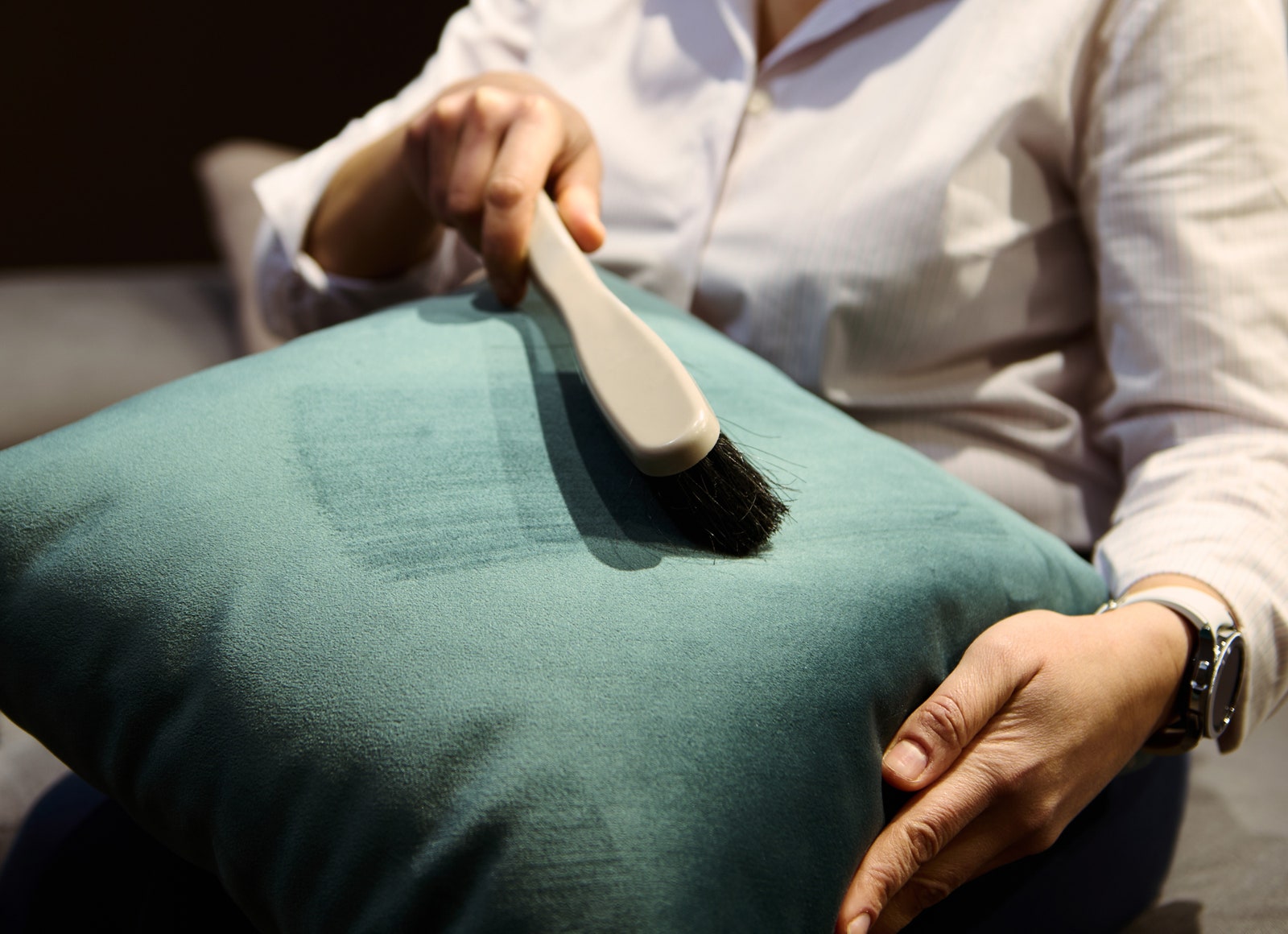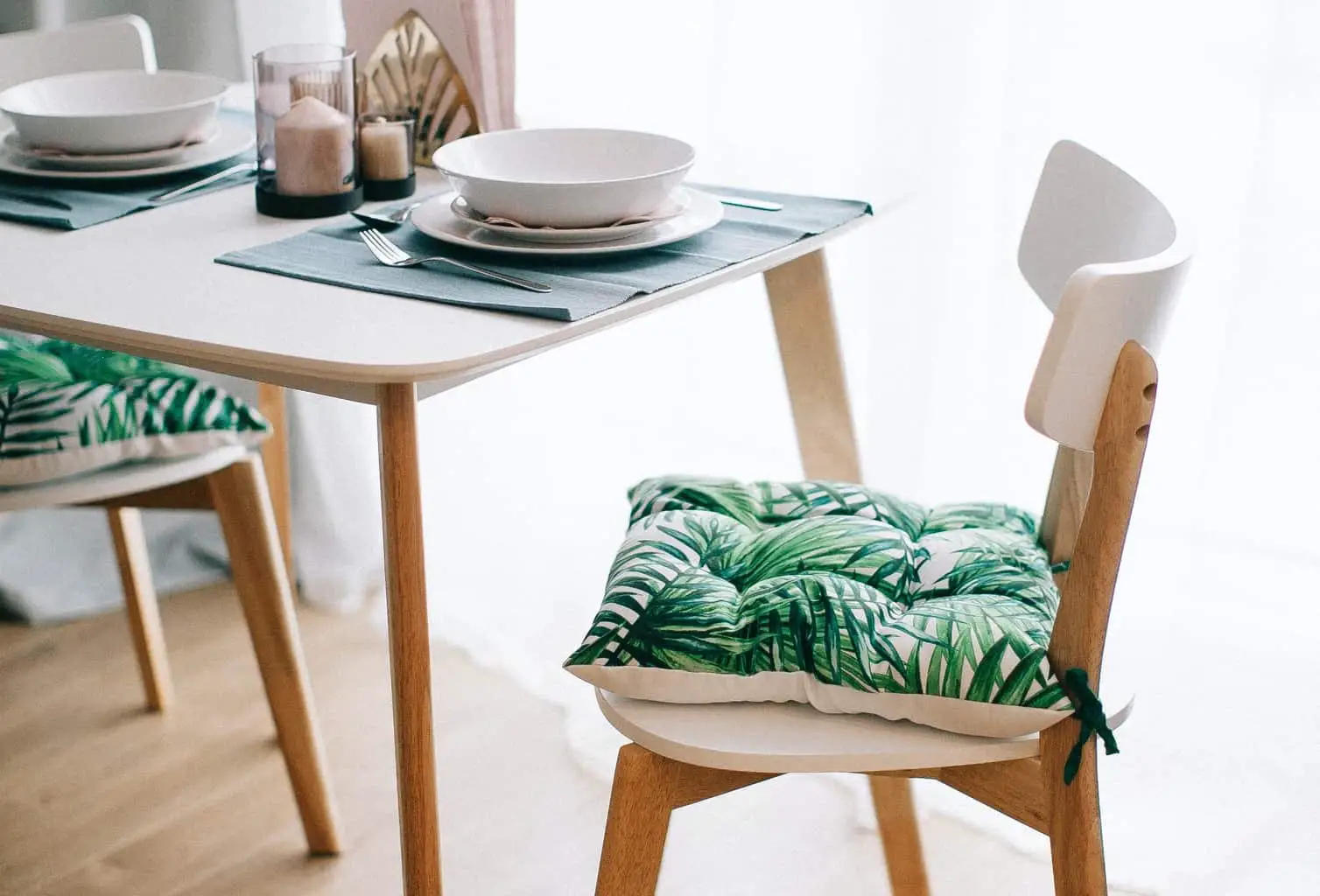Maintaining Cleanliness and Preventing Stains

Let’s face it, keeping dining room chair cushions pristine can feel like a constant battle against spills, crumbs, and the general wear and tear of daily life. But I’m here to tell you, it doesn’t have to be a losing fight! With a proactive approach and a few simple strategies, you can significantly extend the life and beauty of your cushions, maintaining a clean and inviting dining space. This isn’t about perfection, it’s about smart, efficient maintenance that saves you time and effort in the long run.
Proactive stain prevention is the cornerstone of maintaining clean dining room chair cushions. By implementing effective strategies, you can significantly reduce the frequency of deep cleaning and protect your investment. Think of it as preventative medicine for your furniture – a small investment of time now saves you a much larger headache later.
Protecting Cushions from Spills and Wear, Best way to clean dining room chair cushions
Immediate action is key when dealing with spills. The faster you address a spill, the less likely it is to set in and become a permanent stain. Blot (don’t rub!) the spill with a clean cloth or paper towel, working from the outside in to avoid spreading the stain. For particularly stubborn spills, a mild detergent solution may be necessary, followed by thorough rinsing and air drying. Consider using placemats and coasters as a first line of defense against spills and everyday wear and tear. These simple additions create a protective barrier between your cushions and potential messes. Regularly rotating your cushions can also help distribute wear and tear evenly, preventing premature damage in specific areas.
Recommended Cleaning Products and Tools
The right tools make all the difference. For routine cleaning, a soft-bristled brush or vacuum cleaner with a upholstery attachment is ideal for removing loose dirt and debris. For spot cleaning, keep a supply of mild detergent, white vinegar (a natural deodorizer and stain remover), and a clean, absorbent cloth on hand. Avoid harsh chemicals or abrasive cleaners, as these can damage the fabric and fade the color of your cushions. A specialized upholstery cleaner, if necessary, should be tested in an inconspicuous area first to ensure it doesn’t cause discoloration or damage.
Regular Vacuuming and Brushing
Think of regular vacuuming or brushing as your cushion’s daily workout. Just as exercise keeps our bodies healthy, regular cleaning keeps your cushions looking and feeling their best. A quick once-over with a vacuum cleaner or brush once a week, or even more frequently in high-traffic areas, will remove loose dirt and prevent it from embedding itself in the fabric. This simple step significantly reduces the need for more intensive cleaning and helps to extend the lifespan of your cushions. Remember, prevention is always better than cure!
Preventative Maintenance Tips
Best way to clean dining room chair cushions – Implementing a regular maintenance schedule is crucial for keeping your dining room chair cushions in top condition. The following preventative measures will minimize the need for intensive cleaning and extend the life of your cushions:
- Weekly Vacuuming/Brushing: Use a soft-bristled brush or vacuum cleaner with an upholstery attachment to remove loose dirt and debris. This prevents dirt from becoming embedded and reduces the need for deep cleaning.
- Immediate Spill Response: Blot (do not rub!) spills immediately with a clean cloth or paper towel. For tougher stains, use a mild detergent solution, rinse thoroughly, and air dry.
- Monthly Spot Cleaning: Inspect cushions for stains or discoloration. Address any spots promptly using appropriate cleaning solutions.
- Quarterly Deep Cleaning: Depending on usage and fabric type, consider a deeper clean every three months using a suitable upholstery cleaner or professional cleaning service.
- Protective Barriers: Use placemats and coasters to minimize spills and protect cushions from everyday wear and tear.
- Regular Rotation: Rotate cushions regularly to distribute wear and tear evenly.
- Avoid Direct Sunlight: Prolonged exposure to sunlight can fade the color of your cushions. Keep them out of direct sunlight whenever possible.
Deep Cleaning and Refreshing Cushions: Best Way To Clean Dining Room Chair Cushions

Maintaining the pristine condition of your dining room chair cushions requires more than just surface cleaning. Periodic deep cleaning is crucial for extending their lifespan and preserving their beauty. This involves a more thorough approach, addressing embedded dirt and grime that regular cleaning methods miss. Let’s explore effective techniques to revitalize your cushions and keep them looking their best.
Steam Cleaning Versus Dry Cleaning
Steam cleaning and dry cleaning offer distinct approaches to deep cleaning cushions. Steam cleaning uses pressurized hot water vapor to loosen and remove dirt, while dry cleaning employs specialized solvents to dissolve stains and grime. Steam cleaning is generally more effective for removing embedded dirt and odors, particularly in fabric cushions. However, it’s crucial to ensure the cushion fabric can withstand the heat and moisture; certain delicate fabrics might shrink or be damaged. Dry cleaning, on the other hand, is gentler on delicate fabrics but may not be as effective at removing deeply embedded dirt. The choice depends on the cushion material and the extent of soiling. For instance, heavily soiled cotton cushions might benefit from steam cleaning, whereas silk or velvet cushions would be better suited to dry cleaning.
Professional Cleaning Recommendations
Professional cleaning services are recommended in situations where the cushions are heavily soiled, contain stubborn stains, or are made from delicate or specialized materials. Professional cleaners possess the expertise and equipment to handle these challenges safely and effectively. They also use environmentally friendly cleaning solutions that minimize the risk of damage to the cushions or the surrounding environment. For example, if your cushions have experienced a significant spill, like red wine or pet urine, or if they are antique or high-value, professional intervention is advisable to prevent irreversible damage. Consider professional cleaning if you lack the time, equipment, or expertise to handle the task safely and effectively.
Air Drying Cushions
Proper air drying is essential to prevent mildew and maintain the structural integrity of your cushions. After cleaning, allow the cushions to air dry completely in a well-ventilated area, away from direct sunlight or heat. Direct sunlight can cause fading, and excessive heat can damage the fabric or filling. Ideally, air dry cushions in a shaded, well-ventilated room with good airflow. To accelerate the drying process, you can use fans to circulate air around the cushions. Avoid using artificial heat sources like hair dryers or heaters, as these can damage the cushions. Flip the cushions regularly to ensure even drying and prevent moisture from becoming trapped. If possible, drying the cushions outdoors in a shaded, breezy area can be particularly effective, as long as there is no risk of rain. Remember, thorough drying is paramount to preventing mold or mildew growth.
